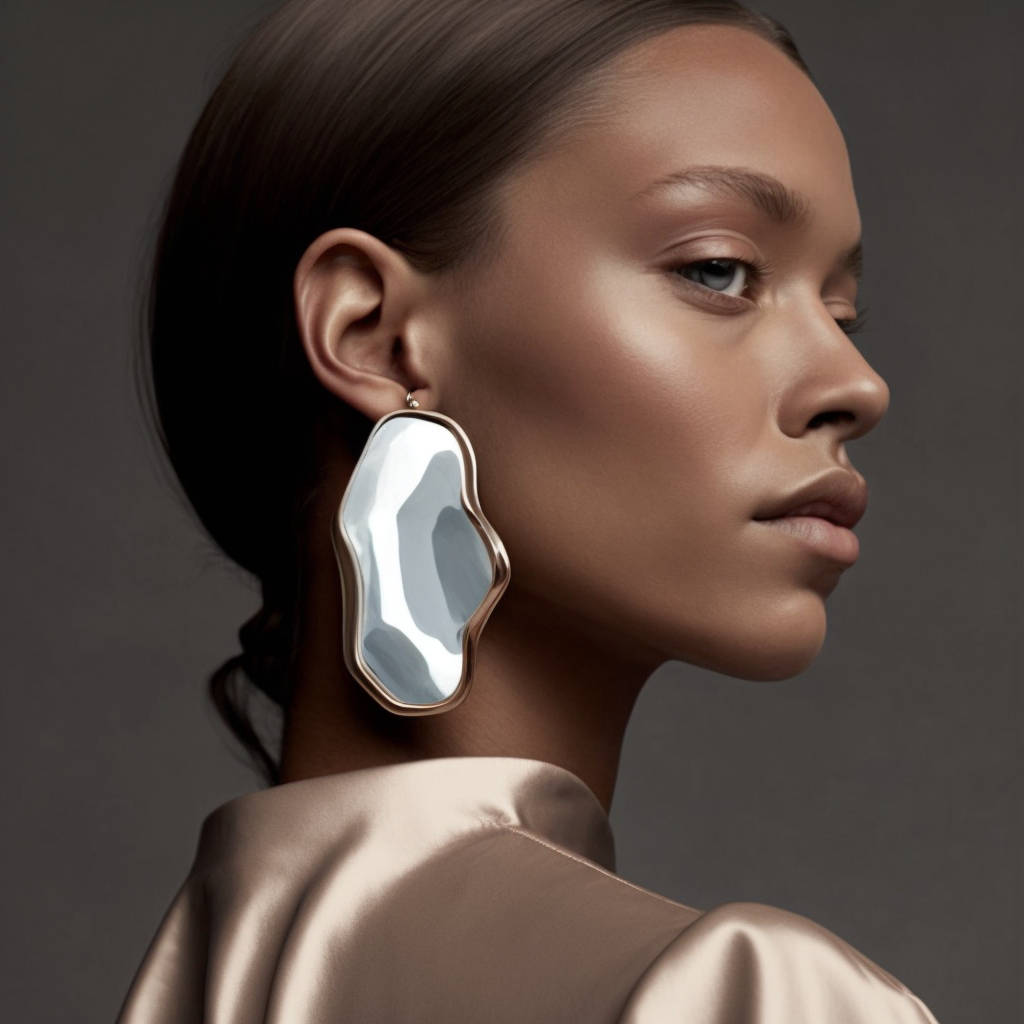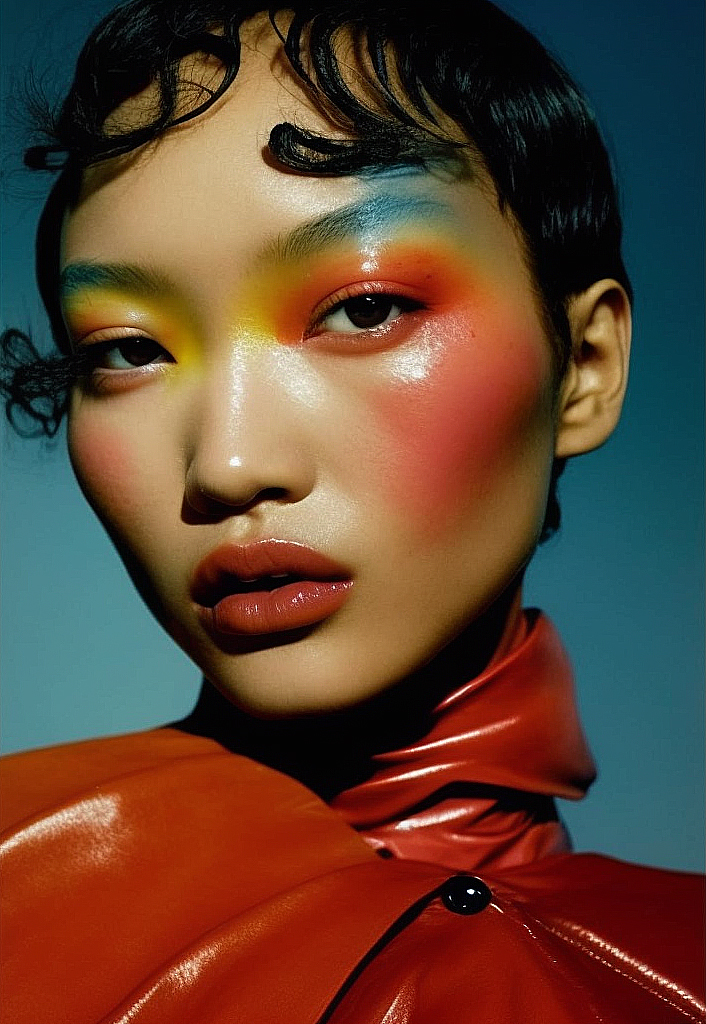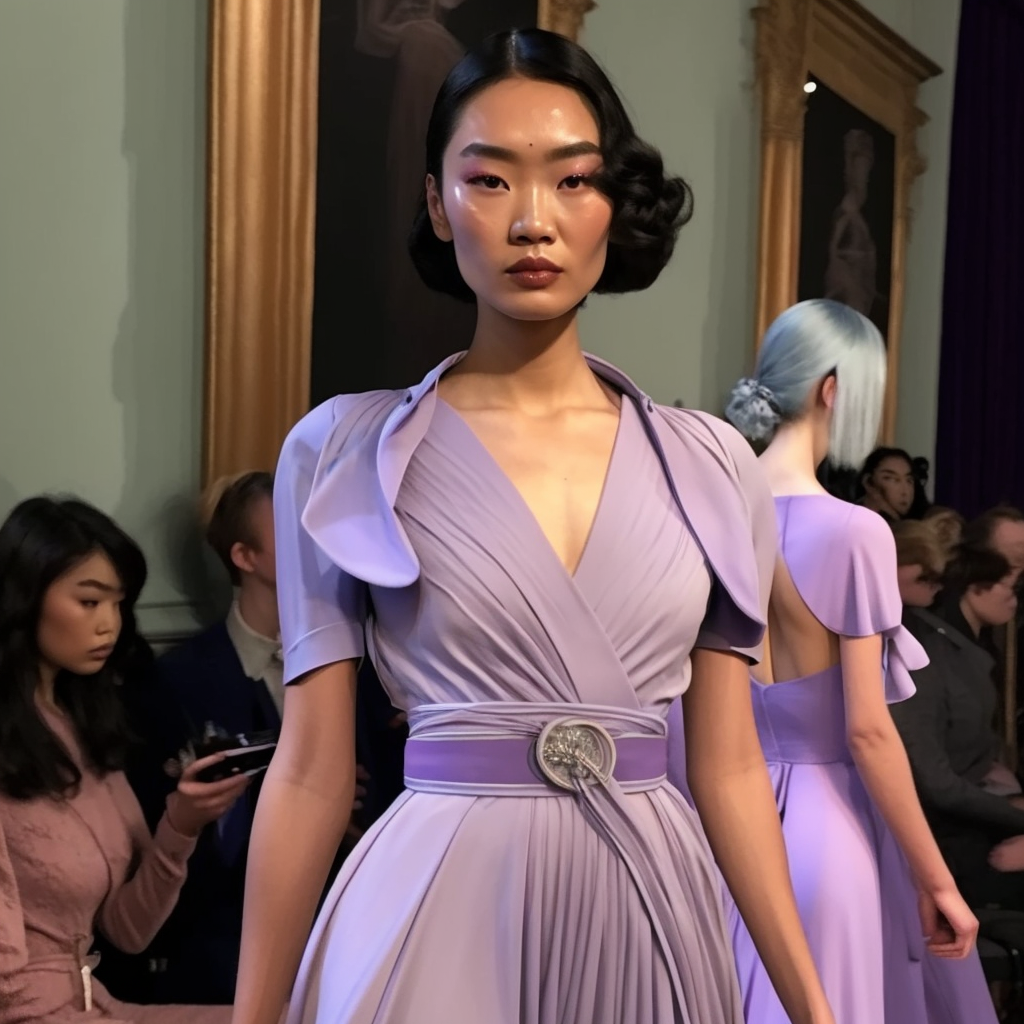Text by Nicole Pereira
As technology advances at an astronomical rate, we are introduced to the world of CGI and AI. Computer-Generated Imagery (CGI) and Artificial Intelligence (AI) have already made their rounds in the fashion industry with brands such as Balenciaga jumping on the bandwagon way back in 2019 and Mugler’s “Digi-Bella” for their fashion film in 2020. Amidst all the current discussions around CGI and AI, you may find yourself pondering, “What exactly do these terms signify?” Let’s dissect them. CGI, also known as 3D imaging or 3D rendering, is the creation of animated visual content generated by computer software. Throughout its history, it has been used in various industries such as filming and gaming to create characters, scenes, and special effects. If we were to compare traditional photography to CGI, the difference would be that photography captures an image using a digital or film camera, whereas CGI creates an image using computer software; Jurassic Park is a great example of CGI in film. AI, on the other hand, can simulate the functioning of the human mind with its ability to perform acts of observing, rationalizing, learning, interacting in a given space, problem-solving, and even exercising creativity. If you are struggling to wrap your head around it, think ChatGPT or Amazon’s Alexa application, these are developed using Artificial Intelligence.

Although CGI and AI are still in their infancy, they have already taken the fashion industry by storm. Currently, we find ourselves debating whether this technological infiltration will be beneficial or disadvantageous for the industry. AI is growing rapidly and it carries with it a power so vigorous, artists believe it could be dangerous if in the hands of the greedy and ill-intentioned. As of now, the talk circulating has been both positive and negative, with several industry insiders claiming this new technological wave could be profitable to businesses as the software is able to deliver a workload at a speed unknown to humans with little room for error and less financial investment. We have already seen it utilized in content creation, trend forecasting, and visual merchandising. There are complexities that come with being human that can affect the way we produce work. We have schedules and responsibilities and, to say the least, perfecting a skill is a time-consuming exercise, whereas AI has none of these potential setbacks. On the other hand, CGI’s creative boundaries are nearly non-existent. You’ve been given a brief to evolve Naomi Campbell into a mythical three-headed mermaid? You’ve got it! You see, if we were to try and create some of our most outlandish ideas with our own two hands, it would take a large team consisting of costume designers, photographers, lighting professionals, and stylists just to name a few. One project could take weeks to execute as there is a lot of preparation involved and importantly, it will come at a much higher cost. Although these technological softwares sound like an exciting direction with their ability to keep up with fashion’s fast pace at a cheaper rate, it can also be fundamentally damaging to many of the industry’s professionals. If there were to be a technological takeover, it could result in job loss for a lot of creatives, which is a scary thought and is the reason there has been much disapproval towards its progression.
We have seen various brands already dabble in the world of CGI and AI with Burberry’s 2020 TB Summer campaign featuring Kendall Jenner as an avatar and Balenciaga’s Spring 2019 Ready-To-Wear collection featuring CGI models, and to be frank, it seems to only be gaining more popularity. We have seen the utilization of this technological wave surface itself predominantly in campaigns and editorials, but there are other corners of the industry that are implementing its use into their divisions. A few examples of these are Tommy Hilfiger’s AI chatbot, H&M’s stylist app, Adidas’ trend forecasting algorithm, and Zara’s data analysis tool for product development.
Recently, Levi’s received backlash for their latest use of AI models on their website to represent diversity. The idea behind this was their desire for consumers to feel included no matter their ethnicity, size, race, or age as all garments would be able to be viewed on various avatar bodies. This left a bad taste in the mouth of the public as it had them questioning how seriously the company takes diversity. If representation is of importance to the business, they should be hiring human models to showcase this. Although it came down to Levi’s trying to cut costs, this stunt left the brand looking inauthentic and unfortunately discredited the diversity they were trying to communicate.
The French-Moroccan fashion brand Casablanca also recently worked with AI on their latest SS23 campaign titled “Futuro Optimisto”. The brand worked with photographer, Luke Nugent, and the image generator Midjourney to tell a story about a trip to Mexico, with scenic Mexican landscapes as the setting. It was composed to have a surrealist air about it and the aesthetic of a hyperrealist painting. The team’s mood board featured inspiration from cowboys to UFOs and the desert, which later developed into an artistic vision. In a recent interview with ‘Business of Fashion’, founder Charaf Tajer and creative director Steve Grimes talked about how they found beauty in the technological medium and although no model castings and location scoutings had to be done, there was a lot of work required in the planning and storyboarding of the campaign. The internet’s commentary on “Futuro Optimisto” has been both commendatory and apprehensive with some people left feeling anxious that the welcoming of AI could take away from human creativity. However, Grimes ensured that the creative process still required a lot of skill and artistry.
The conversations around AI and CGI leave us all questioning what this means for the fashion industry and to be truthful, due to its infancy, none of us really have a clue other than knowing it is only going to advance further. It leaves a bittersweet taste as they are concepts so revolutionary yet so threatening. Through their implementation, we can reach creative heights that live beyond the limitations of space and time. However, due to its rapidly growing nature, it is concerning to think of the repercussions of it getting into the wrong people’s hands and further leaves us questioning, are we aware of the impact it can have on a sociological and cultural level? I guess only time will tell.

All images used in this post were created using AI and CGI by Flanelle Magazine.

